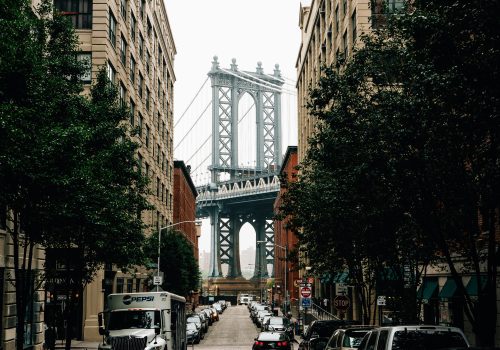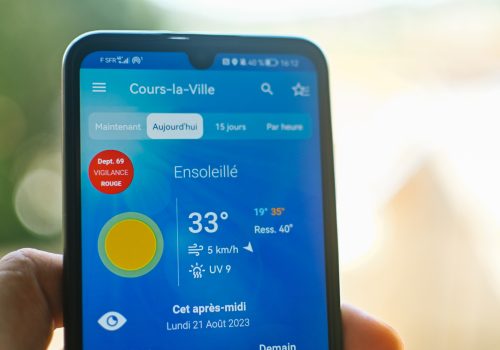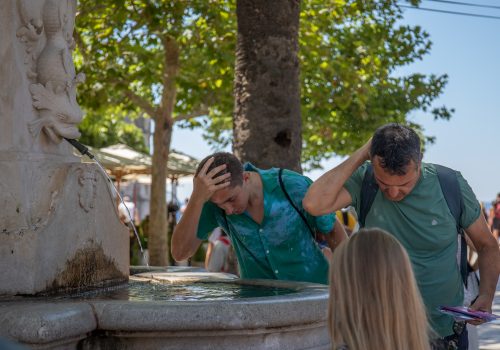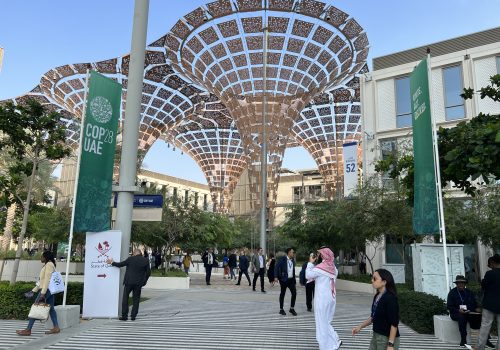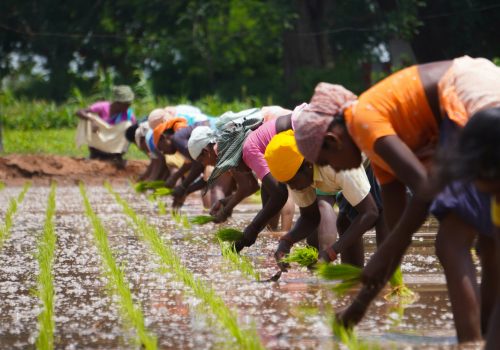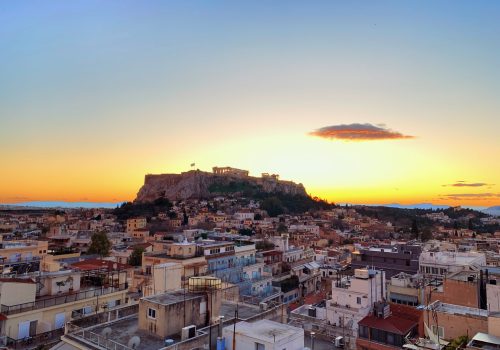Content
Tue, Sep 17, 2024
Five things to know about Climate Week NYC
As thousands of people head to Climate Week in New York City, it's time to understand what climate leaders will be talking about. Our article looks at five key topics on the agenda.
Blog by Kathleen Euler
Fri, Aug 30, 2024
Five climate tech solutions beating the heat
While the spotlight often falls on mitigation technologies like carbon capture, technology can also drive climate adaptation. This article shares five ways climate stakeholders are turning to technology to achieve impact at scale.
Blog by Kathleen Euler, Kashvi Ajitsaria
Wed, Aug 21, 2024
Heat on the mind
High temperatures are dangerous for people’s physical health. But recent studies have begun to reveal just how dangerous they can also be for mental health.
Blog by , Kathleen Euler
Thu, Jul 25, 2024
Four cities planting trees to save lives
We explore how four of our partner cities are approaching nature-based solutions, planting trees to cool their urban centers.
Blog by Kathleen Euler
Sat, Dec 9, 2023
A “Paris” moment for loss and damage
This blog explains what the loss and damage fund is and the progress that came out of its operationalization at COP28.
Blog by Sabrina Bachrach, Kathleen Euler
Tue, Dec 5, 2023
What’s next for the Sharm El-Sheikh Adaptation Agenda?
Arsht-Rock explains what the Sharm El-Sheikh Adaptation Agenda is and why it is so critical for the future of climate adaptation.
Blog by Kathleen Euler
Tue, Dec 5, 2023
A historic day for cooling: The launch of the Global Cooling Pledge
The Global Cooling Pledge is the first global collective action to reduce the cooling sector's greenhouse gas emissions.
Blog by Catherine Wallace
Mon, Dec 4, 2023
Why should COP28 prioritize extreme heat resilience? A guest feature from former President Felipe Calderón
As world leaders meet in Dubai for COP28, Arsht-Rock’s Global Ambassador for Heat Action and former President of Mexico Felipe Calderón calls for cities and nations to accelerate action on extreme heat resilience worldwide.
Blog by Felipe Calderón
Sun, Dec 3, 2023
The nexus of heat, health, and gender
Addressing the nexus of heat, health, and gender is critical to advancing climate resilience and protecting women around the world.
Blog by Kathleen Euler
Tue, Nov 21, 2023
Cooling the capital: How Athens is designing a cooler future
Amid rising temperatures, Athens, Greece has taken bold steps to combat extreme heat. The city’s Chief Heat Officers have worked to raise awareness, increase preparedness, and redesign the city for a cooler, safer future.
Blog by Catherine Wallace
